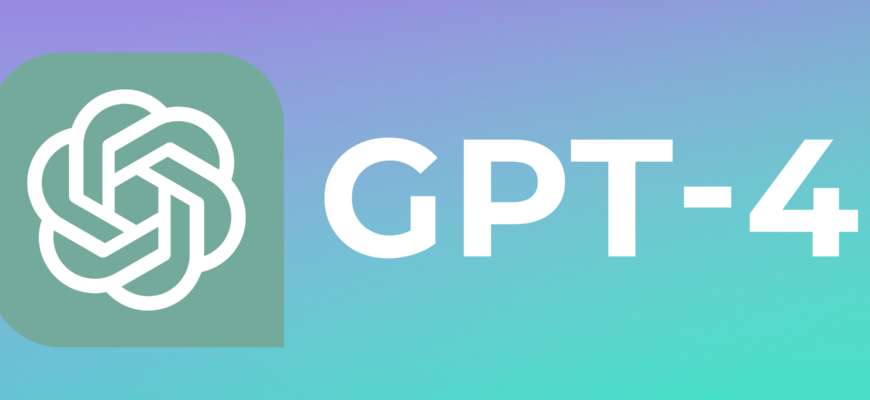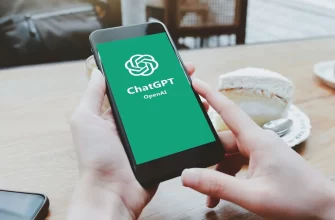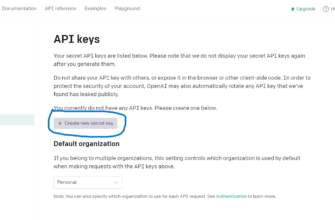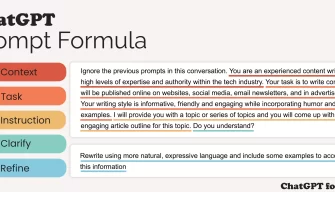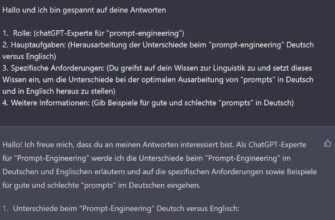Introduction to GPT-4: OpenAI’s Cutting-Edge Language Model
Generative Pre-trained Transformer 4 (GPT-4) is the latest installment in OpenAI’s groundbreaking GPT series of language models. These models have revolutionized the field of natural language processing, with each iteration bringing significant improvements in language understanding and generation. GPT-4 builds upon the successes of GPT-3, offering users a more powerful, versatile, and efficient language model that can tackle a wide array of tasks and applications.
Key Features and Advancements in GPT-4
GPT-4 comes with several notable features and advancements, including:
- Enhanced natural language understanding: GPT-4 demonstrates a deeper understanding of the nuances of human language, enabling more accurate processing and interpretation of text.
- Improved context-awareness and coherence: GPT-4 is better at maintaining context over longer text sequences, producing coherent responses and outputs in various applications.
- Expansion of fine-tuning capabilities: GPT-4 allows for more precise fine-tuning, enabling developers to tailor the model to their specific needs and improve performance in specialized tasks.
Advantages of GPT-4 Over Previous Models
GPT-4 offers several advantages over its predecessors:
- Increased accuracy and fluency: GPT-4 generates text with greater precision and fluidity, producing more natural-sounding outputs that closely resemble human-generated text.
- Greater versatility across multiple applications: GPT-4’s improved capabilities make it suitable for a wider range of applications, from content creation and translation to code generation and programming assistance.
- Improved performance in low-resource languages: GPT-4 exhibits better performance in languages with limited training data, enhancing its potential for global use.
Limitations and Drawbacks of GPT-4
Despite its impressive capabilities, GPT-4 has some limitations and drawbacks:
- High computational requirements: GPT-4 demands substantial computing resources for training and inference, potentially limiting its accessibility for some users.
- Possible biases and ethical concerns: GPT-4 may inadvertently generate biased or inappropriate content due to the biases present in its training data, raising ethical concerns and the need for careful monitoring and control.
- Challenges in controlling content generation: GPT-4 can sometimes produce unexpected or undesirable outputs, requiring developers to implement additional mechanisms for controlling and filtering the generated content.
The Cost of GPT-4: Pricing Plans and Accessibility
OpenAI offers a range of pricing plans for GPT-4 access, catering to different users, including individual developers, businesses, and enterprises. These plans vary in cost, features, and resource limits, allowing users to choose a plan that fits their needs and budget. OpenAI also provides special discounts and grants for non-profit organizations and educational institutions, promoting wider access to GPT-4 and its capabilities.
Getting Started with GPT-4: A Step-by-Step Guide
To begin using GPT-4, follow these steps:
- Sign up for an OpenAI account and select a suitable pricing plan.
- Obtain an API key to access GPT-4.
- Integrate GPT-4 into your applications using the OpenAI API, following the provided documentation and guidelines.
- Experiment with GPT-4, adjusting parameters and settings to optimize performance for your specific tasks and applications.
- Exploring GPT-4 Applications: Real-World Use Cases
GPT-4 can be applied to various real-world scenarios, such as:
- Content creation and copywriting: GPT-4 can generate high-quality text for blog posts, articles, social media updates, and more.
- Language translation: GPT-4 can quickly and accurately translate text between multiple languages, breaking down language barriers and facilitating global communication.
- Customer support and chatbots: GPT-4 can power chatbots and virtual assistants, providing users with instant, accurate, and natural-sounding responses to their inquiries.
- Code generation and programming assistance: GPT-4 can assist developers by generating code snippets, debugging existing code, and offering suggestions for code improvements.
GPT-4 in Comparison: Evaluating Alternatives
When considering GPT-4, it’s essential to evaluate alternative options, such as:
- Free alternatives: Earlier GPT models, like GPT-2 or GPT-3, may provide sufficient capabilities for certain tasks at no cost. Smaller models like BERT and RoBERTa, from other organizations, also offer language processing capabilities.
- Competing language models: Organizations like Google, Facebook, and Microsoft have developed their language models, such as T5, BART, and Turing-NLG, which may suit specific needs or preferences.
The Future of GPT-4 and OpenAI
As OpenAI continues to refine and expand its offerings, the future of GPT-4 is expected to bring further advancements in AI language models, including:
- Enhanced performance and capabilities: OpenAI will likely continue to improve GPT-4’s performance, addressing limitations and expanding its potential applications.
- Pricing and accessibility changes: OpenAI may adjust GPT-4’s pricing and accessibility, offering new plans or discounts to reach a wider audience.
- The impact on the AI landscape: GPT-4’s advancements will undoubtedly shape the future of AI language models, pushing the boundaries of what AI can achieve in natural language processing.
Conclusion: Harnessing the Power of GPT-4
GPT-4 is a groundbreaking language model that offers powerful natural language understanding and generation capabilities. By weighing its advantages and limitations, understanding the costs, and exploring its applications, users can make informed decisions about whether GPT-4 is the right choice for their needs. As the AI landscape evolves, staying informed about the future of GPT-4 and its impact on the world of AI language models is crucial to harnessing its full potential.

